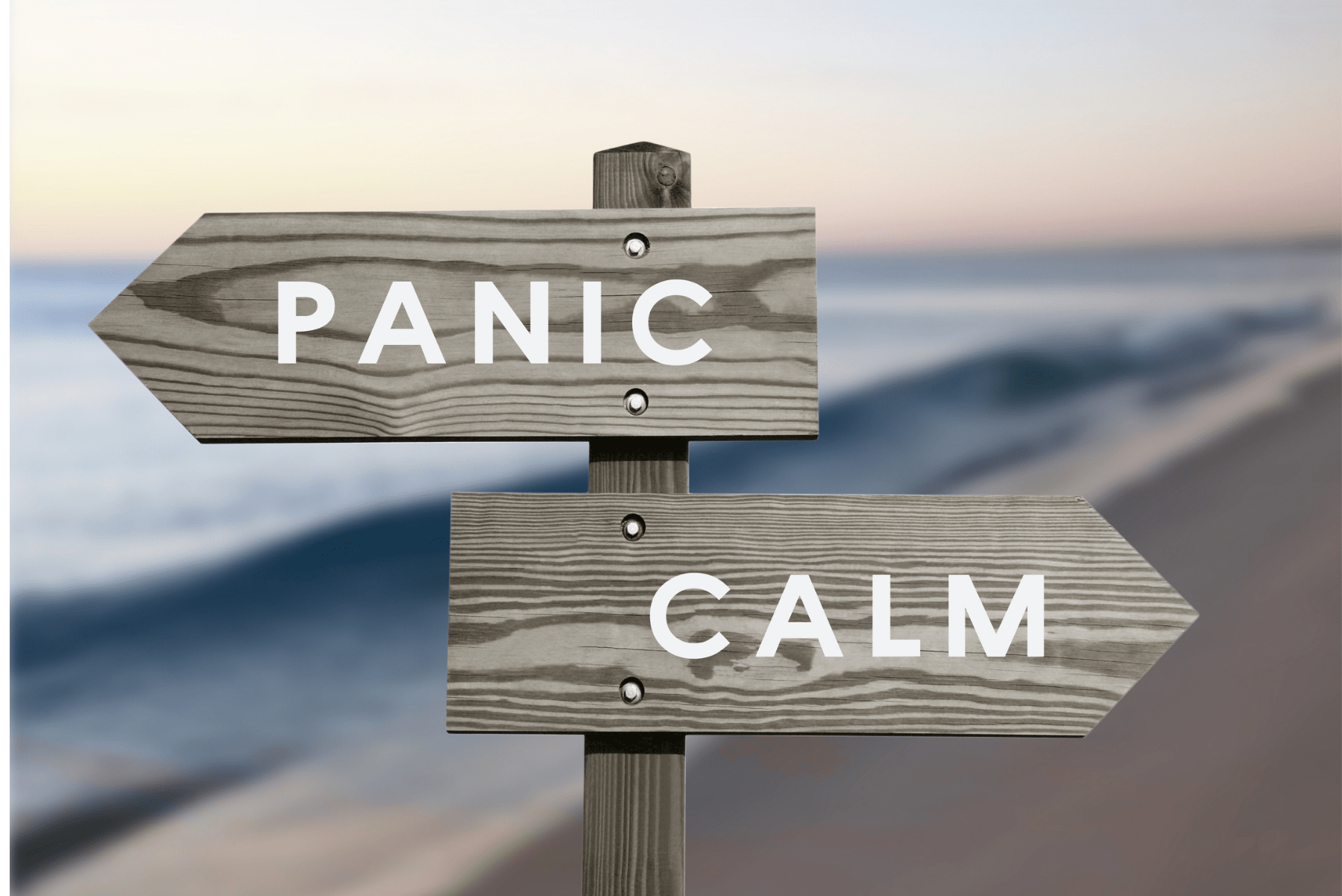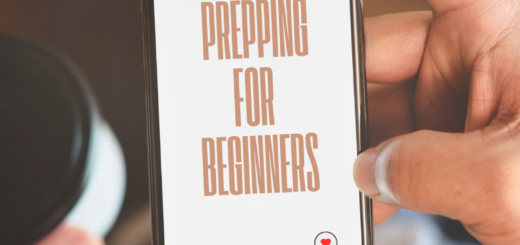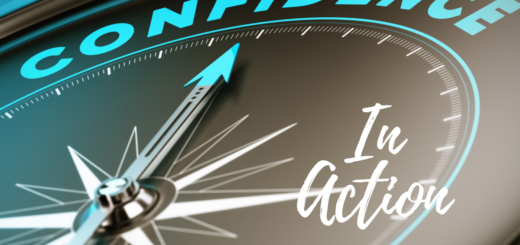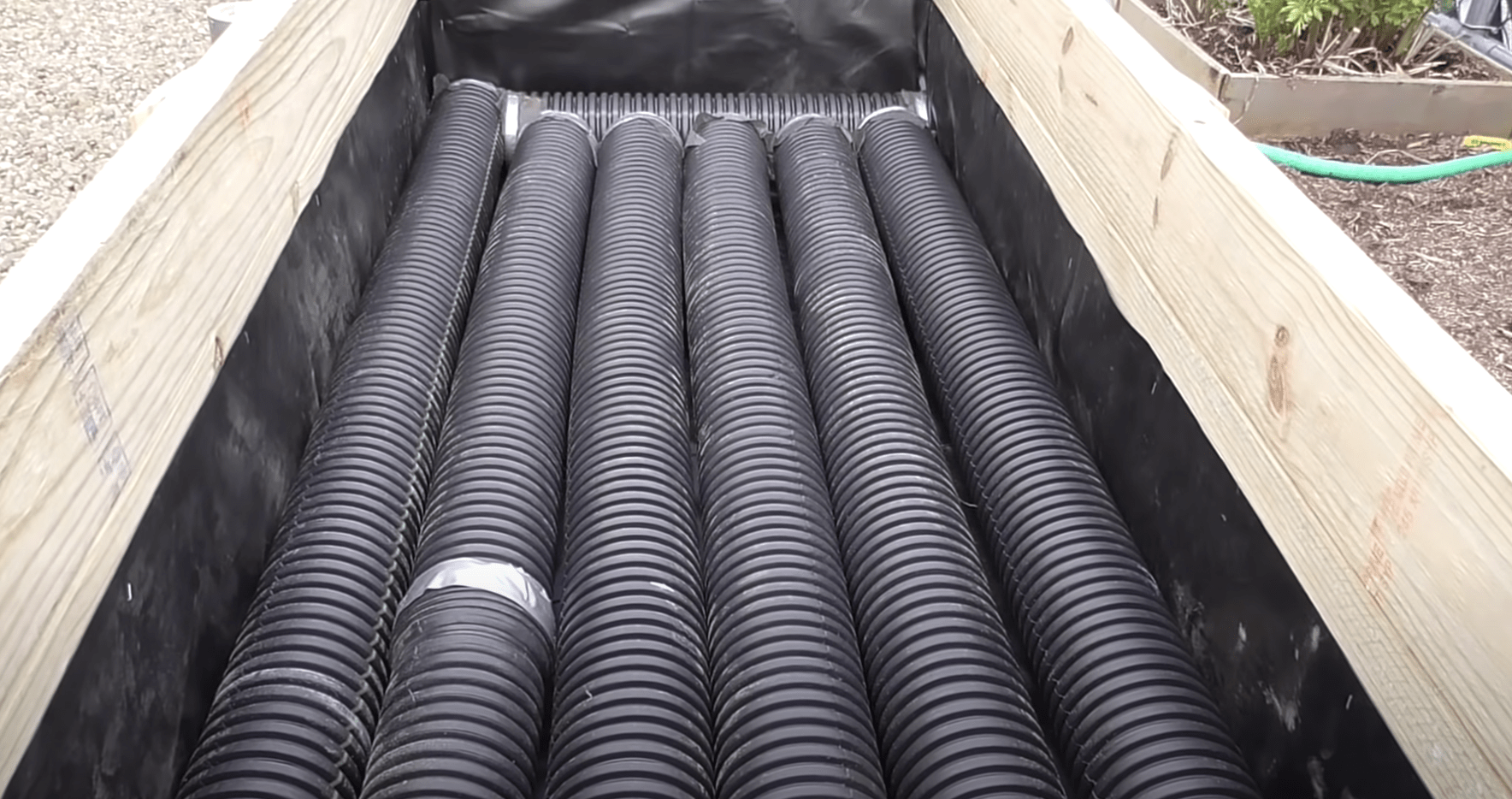What items are essentials for a well-stocked first aid kit?
One of the first things one should consider when preparing for emergency situations is a well-stocked first aid kit. What items are essential for a well-stocked first aid kit? Let’s begin here with the basics. Depending on the situation, your comfort level, and emergency first aid training you may want to expand upon this recommendation. But for now, let’s get you the basic supplies every home should have.
A well-stocked first aid kit is essential for addressing minor injuries and providing initial care before professional medical help arrives. It can also prevent small injuries from becoming something worse. Here are the essential items I recommend you should include:
1. **Adhesive Bandages (various sizes):** These are used to cover small cuts, blisters, and abrasions.
2. **Sterile Gauze Pads and Rolls:** These are for covering wounds and applying pressure to control bleeding.
3. **Adhesive Tape:** Used to secure gauze or bandages in place.
4. **Antiseptic Wipes or Solution:** These are for cleaning wounds to prevent infection.
5. **Scissors:** Used to cut clothing, tape, or gauze.
6. **Tweezers:** Helpful for removing splinters or foreign objects from the skin.
7. **Disposable Gloves:** Protect against contamination and help prevent the spread of infections.
8. **Triangular Bandage (or Sling):** Can be used for immobilizing injuries, making a sling, or as a tourniquet.
9. **Instant Cold Packs:** Useful for reducing swelling or pain.
10. **Thermometer:** For checking body temperature.
11. **CPR Face Shield or Mask:** Used during CPR to protect both the rescuer and the victim.
12. **Pain Relievers:** Include non-prescription pain relievers like acetaminophen or ibuprofen.
13. **Antihistamines:** For allergic reactions.
14. **Aspirin:** Can be useful during a suspected heart attack.
15. **EpiPen (if applicable):** For individuals with severe allergies.
16. **A Breathing Barrier Mask with One-Way Valve:** Used for rescue breathing or CPR.
17. **Burn Gel or Dressing:** For treating minor burns.
18. **Eye Wash Solution and Cup:** In case of eye contamination.
19. **Prescription Medications:** If any family member requires specific medications, ensure you have an extra supply in the first aid kit.
20. **Medical Information and Emergency Contact Information:** A list of allergies, medical conditions, and emergency contacts.
21. **First Aid Manual or Instruction Booklet:** To provide guidance in case you’re unsure how to handle a specific situation.
22. **Flashlight and Extra Batteries:** In case of power outages or emergencies at night.
23. **Space Blanket or Mylar Blanket:** Provides warmth and helps with shock management.
24. **Safety Pins:** Useful for securing bandages or making slings.
25. **Resealable Plastic Bags:** For disposing of contaminated items.
26. **Notepad and Pen:** For recording important information.
27. **Whistle:** To signal for help if needed.
28. **Personal Protective Equipment (PPE):** Masks, face shields, or gloves for additional protection during emergencies, especially in the context of contagious illnesses.
29. **Small Mirror:** Can be used to help with visibility in hard-to-see areas.
30. **A List of Emergency Phone Numbers:** Including local emergency services, poison control, and personal contacts.
Remember to regularly check and replace expired items in your first aid kit. Additionally, customize the kit to meet the specific needs of your family, taking into account any special medical conditions or requirements.
There are also several great and very affordable additional items you may want to consider investing in. These items are more in-depth and can help you better understand certain aspects of someone’s symptoms and relay those to medical professionals while you wait for help. The items we recommend are as follows.
- Blood Pressure Testing Equipment. There are several very affordable options available that operate on battery power and store your readings for review.
- Oxygen Pulse Oximeter for measuring someone’s blood oxygen levels. There are several available on Amazon priced from about $11.95.
- KardiaMobile Card Personal EKG Monitor – Available on Amazon for about $99.00.
- Lifevac Choking Rescue Device – Portable Airway Assist Device – First Aid Choking Device For Kids and Adults.
- Life Alert Personal Emergency Response and Home Medical Alert System
These are the items that I recommend having for a well-stocked first aid kit. Your individual needs may vary depending on your family’s health needs. You will want everything located in one portable container should you need to evacuate in a hurry. Get a good backpack with several pockets and compartments or a tackle box and use this list as a guide to create your personal first aid kit.
“Remember to keep track of any items that may have expiration dates associated with them and maintain them as necessary.”
One last recommendation I have and that is to get training. Take a CPR class. Take a basic first aid class. These are often available through your local municipalities or healthcare providers. Invest in quality first aid resource manuals, and books, and keep them with your first aid supplies for reference. In an emergency situation, first responders may not be able to reach you right away. You are the first line of defense for you and your loved ones. Be prepared. Teach your children and involve them in the process of building your kit. This will give you the opportunity to share with them why you are building this kit and how they can use it as well.
Having a well-stocked first aid kit is a great first step for your family’s emergency preparedness. Start building it today, you need not purchase everything at once, a little at a time is fine if you do not have this in your budget, but start. Remember, “failing to plan is planning to fail”.
Stay safe!








